Foods And Traditions Associated With The Wrong Country
Fortune cookies aren’t Chinese, Gyros aren’t Greek and Cinco de Mayo isn’t Mexico’s Independence Day. Let’s set the record straight.
Fortune Cookies
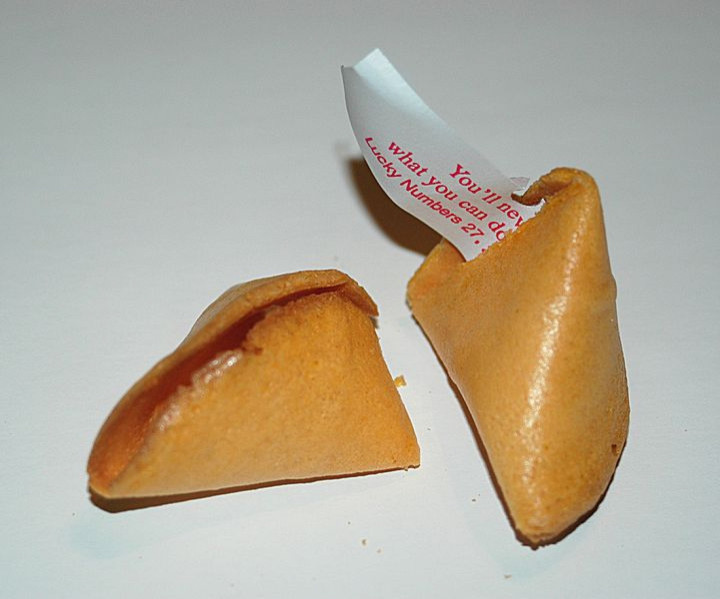
It’s the classic Chinese dessert, right? Sure … so long as you’re at a Chinese restaurant in the United States. But if you venture across the Pacific, you most certainly will not find any fortune-filled snacks offering vague prophecies and lucky numbers. Fortune cookies were popularized through various immigrant groups in California in the early 20th century. Even the recipe of flour, sugar, vanilla and sesame oil has another origin: Japan. Add egg rolls, crab rangoon and General Tso’s chicken to the mix, and you’ve got a Pu-Pu platter of 100 percent American cuisine.
Vikings Horns

Close your eyes and picture a ship full of Scandinavian Vikings. Chances are you pictured a group of brutish seafarers donning fierce horned helmets. In reality, there are no historical depictions or preserved helmets from the Viking Age with horns. In fact, the idea of Vikings wearing horns is thought to come from the scenography of an 1876 production of the Der Ring des Nibelugen opera cycle by German composer Richard Wagner. For the record, there is similarly no proof that Vikings were wild-hared, dirty savages, or that they used human skulls as drinking vessels. Once again, these notions belong in the realms of German fiction.
Gyros
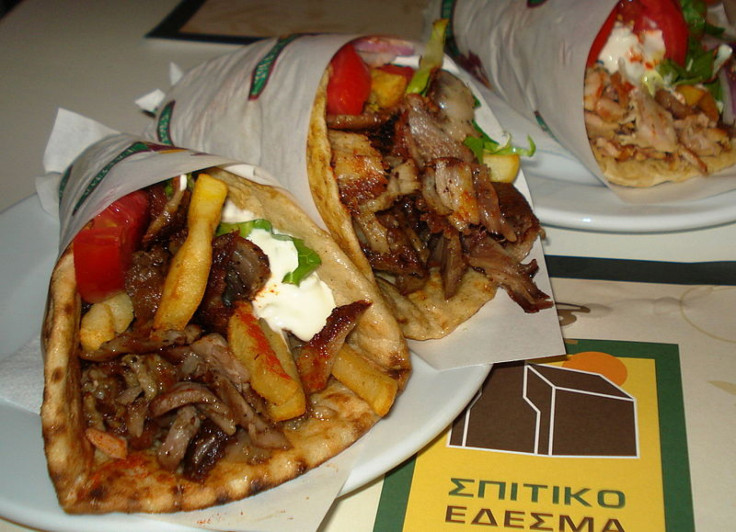
Ever wondered why a Gyro and a kebab look so much alike? That’s because they’re virtually the same thing. Though the gyro has become one of the most celebrated members of the Greek culinary family, it isn’t actually a local creation. Turks introduced their doner kebab to the Greeks around 1900 and, in turn, Greek-Americans introduced the re-branded gyro to Chicago’s working class in the mid-1960s. The cuisine spread around the world through other immigrant communities in Canada, the UK, Australia, Brazil and elsewhere, and has become the symbol of Greek cuisine -- much to the horror of more deserving rivals like spanakopita.
Burritos
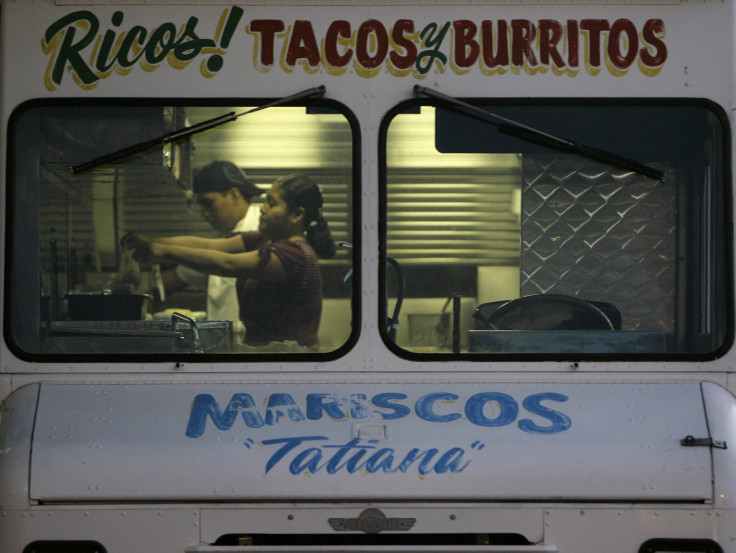
Burritos as we know them today are largely an American invention popularized by chains like Chipotle and Qdoba. Indeed, outside of the border town of Ciudad Juarez, you’d be hard-pressed to find a burrito joint in Mexico. Like many other Tex-Mex dishes seen at Mexican restaurants around the world, the burrito combines ancient traditions (filled tortillas) with contemporary ingredients. The El Cholo Spanish Café popularized burritos in Los Angeles in the 1930s, and the food spread throughout the Southwest by the 1950s and the rest of America by the 1960s. Meanwhile, the burrito’s deep-fried cousin, the chimichanga, is proudly Arizonan, and two restaurants have initiated a campaign to make it the official state food.
Caesar Salad
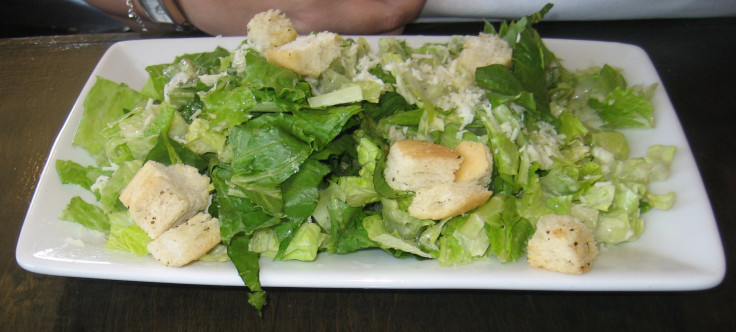
It’s commonly believed that the Caesar salad was named after the Roman leader Julius Caesar and has its origins in Italy. No so. The salad’s creation has been attributed to Caesar Cardini, who came up with the dish in the 1920s at his restaurant in Tijuana, Mexico. He later introduced the salad at his restaurants in Los Angeles where it became fashionable among Hollywood elite. A note to all anchovy-avoiders out there: No matter what any hoity-toity chef tries to tell you, the original recipe included lemon juice, olive oil, egg, pepper and Worcestershire sauce, not anchovies.
Cinco de Mayo
First, Cinco de Mayo isn't, as many people think, Mexico's Independence Day -- that takes place on Sept. 16. Secondly, it isn't even widely celebrated south of the border, though that's beginning to change. What Cinco de Mayo is, is a largely American tradition, co-opted by alcohol companies, that's based on an arguably miraculous military maneuver during the 1862 Battle of Puebla, when a ragtag group of Mexican militiamen defeated the invading French Army. It was a David versus Goliath moment and Mexicans on both sides of the border saw cause for celebration.
Chicken Tikka Masala
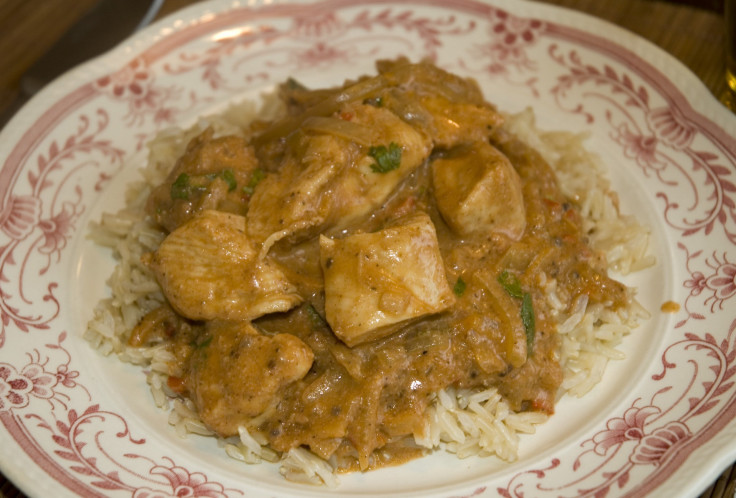
What do Chicken tikka masala and haggis have in common? They were both created in the same place: Scotland. In fact, a British MP even tabled an Early Day Motion in the House of Commons asking Parliament to support a campaign for Glasgow to be awarded European Union Protected Designation of Origin status for the dish in 2009. Chicken tikka masala is so prevalent in U.K. restaurants that a recent survey found it to be the country’s most popular dish -- above fish and chips! Back in India, meanwhile, you won’t find the dish unless you go to Punjab, which has recently disputed Glasgow’s claim of origin.
French Fries
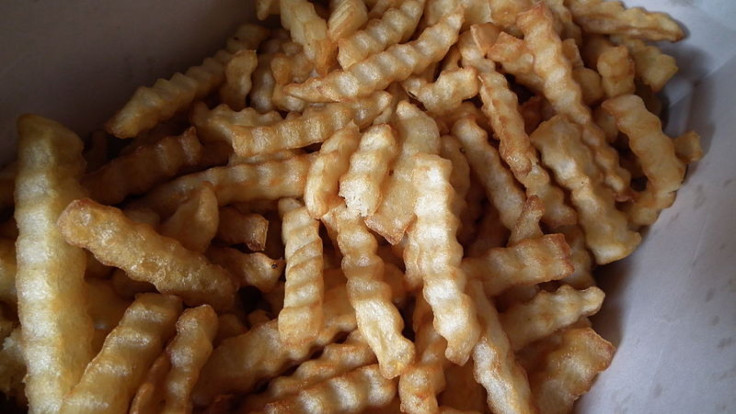
Remember when Americans started calling French Fries “Freedom Fries.” Well, historically speaking, that was a pretty dumb idea. Despite the fact that most Americans put the word “French” in front of fries, a notion popularized by President Thomas Jefferson, the deep-fried treat has its origins in Belgium. To clear up the confusion, the world’s first museum dedicated to potato fries, the “Remus,” opened in Bruges in 2008. The three-story museum details the history of fries from the first potatoes in Peru to the first fry producers in Belgium. Want to see what a historical potato peeler looks like? This is your spot.
© Copyright IBTimes 2024. All rights reserved.






















